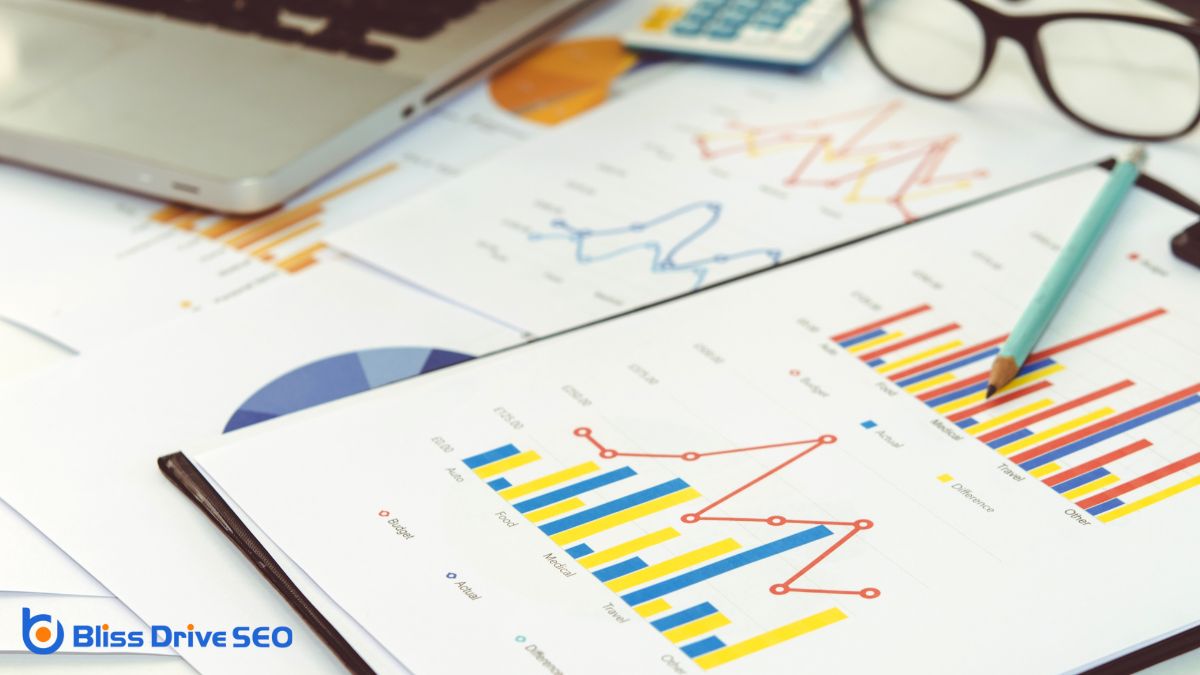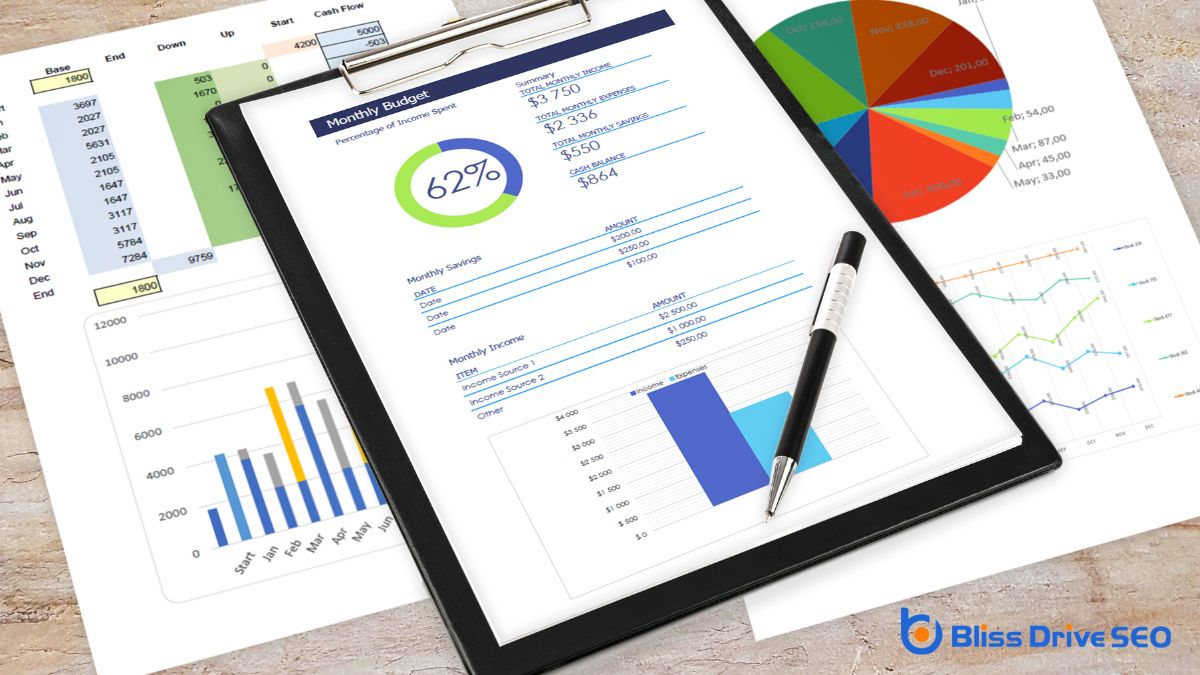Digital Marketing Services
Learn More About Us

You might think a higher conversion rateThe percentage of visitors who complete a desired action, such as making a purchase or filling out a... is always better, but the reality isn't so straightforward. While a high rate suggests effective engagementThe interactions that users have with a brand’s content on social media., it doesn't necessarily mean success for your business. Sometimes, focusing solely on boosting conversions can leadA potential customer referred by an affiliate who has shown interest in the product or service but h... to overlooking essential factors like customer acquisition cost or quality of engagement. A lower rate might even hint at a more discerning audience, aligning better with your business goals. So, should you aim for quantity or quality? Understanding this balance is vital in determining which path truly benefits your objectives.

Understanding the basics of conversion rates is essential for anyone involved in digital marketing or online sales. You need to know that a conversion rate measures the percentage of visitors who take a desired action on your website, like making a purchase or signing up for a newsletterA regularly distributed email containing news, updates, and content relevant to subscribers..
It's calculated by dividing the number of conversions by the total number of visitors, then multiplying by 100. Focusing on this metric helps you gauge how effectively your site fulfills its goals.
To improve your understanding, consider how different factors influence conversion rates. These include website design, user experience, and clear calls to action.
While it's tempting to focus solely on driving more traffic to your website, evaluating the quality of that traffic can be far more beneficial. Not all visitors are equal; some have a higher potential to convert into loyal customers.
You should prioritize understanding your audience's needs and preferences, ensuring your content and offers align with their expectations. This approach leads to more meaningful interactions and increases the chances of conversion.
Instead of casting a wide net, target specific segments more likely to engage with your brand. Use analyticsThe systematic computational analysis of data or statistics to gain insights and support decision-ma... to identify patterns in behavior, such as pages visited or time spent on site.
This data helps refine your strategies, focusing efforts on attracting visitors who genuinely value your offerings. Quality leads to more sustainable and profitable business growth.
To boost your conversion rate, start by calculating your acquisition costs to understand how much you're spending to gain each customer.
Once you have a clear picture, you can focus on optimizing spending efficiency to guarantee you're getting the best return on your investment.
Determining the cost of acquisition is essential for evaluating the effectiveness of your marketing efforts.
To calculate this, you divide the total marketing expenses by the number of customers acquired during that period. This simple formula helps you understand how much you're spending to gain each customer.
It's vital because it directly impacts your profitability. If your acquisition cost is higher than the revenue from a customer, you're losing money.
Keep an eye on all marketing channels, as some might be more cost-effective than others. By understanding this metric, you can make informed decisions about where to focus your marketing budget.
Understanding acquisition costs is just the first step; now, let's focus on making your marketing budget work smarter.
To optimize spending efficiency, you need to analyze each marketing channel's performance. Identify which channels bring the most valuable leads at the lowest cost. It's not just about spending less; it's about spending wisely.
Use data analytics to track where your investments yield the highest returns. Regularly review and adjust campaigns to guarantee they're aligned with your goals.
Test different strategies, like A/B testingA method of comparing two versions of a web page or app against each other to determine which one pe..., to see what works best. Don't overlook the power of retargetingAdvertising that targets users who have previously visited a website or interacted with a brand.; it can maximize conversions from previous visitors.
To align your conversion rate with business goals, start by setting clear objectives that reflect your company's mission.
You'll want to measure success metrics that directly tie to these goals, ensuring that your strategy remains effective.
As market conditions change, adapt your conversion strategies to stay aligned with your evolving objectives.
When you set clear objectives, aligning them with your business goals becomes essential for boosting conversion rates. You need to define what success looks like for your company.
Without defined objectives, you might invest resources in the wrong areas, leading to wasted efforts. Start by identifying your key business goals, whether it's increasing sales, building brand awarenessThe extent to which consumers are familiar with the qualities or image of a particular brand., or expanding your customer base.
Then, create specific, measurable, and attainable objectives that support these goals. This alignment helps keep your team focused and guarantees every action taken contributes to your overarching strategy.
With clear objectives in place, the next step involves pinpointing the metrics that will track your progress toward those goals. To align these metrics with your business goals, you need to identify key performance indicators (KPIs) that reflect your objectives. These could include conversion rates, customer acquisition costs, or average order values.
By tracking these metrics, you can gauge whether your strategies are effective. Focus on metrics that directly impact your business outcomes. For instance, if your goal is increasing sales, prioritize metrics like conversion rates and average order value.
Regularly review these metrics to see if you're on track. This approach helps guarantee your efforts are aligned with your broader business strategy, allowing you to make data-driven decisions that enhance growth.
Although achieving high conversion rates is essential, it's important to guarantee that your conversion strategies align with your overall business goals. You shouldn't just chase numbers. Instead, focus on what those conversions mean for your long-term objectives.
Are you aiming to build brand loyaltyThe tendency of consumers to continue buying the same brand's products or services., increase revenue, or expand your customer base? Your conversion strategies should reflect these priorities.
Start by evaluating your current tactics. Are they driving the right kind of engagement? If not, adjust them. Use data-driven insights to refine your approach.
Test different strategies and measure their impact on your business goals. Don't be afraid to pivot if something isn't working. Remember, it's about quality, not just quantity.
Aligning your strategies guarantees that every conversion truly supports your broader vision.
While it might seem counterintuitive, lower conversion rates can actually be advantageous in certain scenarios. If your business focuses on high-value products or services, a lower conversion rate might indicate that you're attracting quality leads. These leads could be more likely to become long-term customers, offering higher lifetime value. You don't need to convert every visitor if those who do convert bring substantial revenue.
Additionally, a lower conversion rate might help identify areas of improvement in your marketing strategy. By analyzing why certain visitors aren't converting, you can refine targeting efforts and enhance customer experiences. This understanding can lead to more efficient resource allocation and increased profitability over time.

Understanding that lower conversion rates can sometimes be beneficial sets the stage for tailoring strategies to fit your business's unique needs. You shouldn't focus solely on the numbers; instead, consider what they represent. Are you targeting the right audience? Is your message clear and compelling?
Sometimes, a lower rate indicates your efforts are reaching the right people who genuinely engage with your product or service.
To optimize, you need to evaluate your goals. Are you looking for quality leads or sheer volume? Adjust your approach accordingly.
Test different strategies, such as adjusting your content, enhancing your user experience, or refining your call-to-action. Continually analyze your results.
Optimizing isn't a one-time task; it's ongoing. Keep refining until your strategy aligns perfectly with your objectives.
You've explored the nuances of conversion rates, understanding that a higher rate generally signifies success in engaging your audience effectively. However, it's essential to balance this with the quality of conversions and the cost of acquisition. Aligning these elements with your business goals guarantees a strategic approach. Sometimes, a lower conversion rate might even benefit your business if it means attracting more qualified leads. Always optimize based on your specific needs and objectives.
